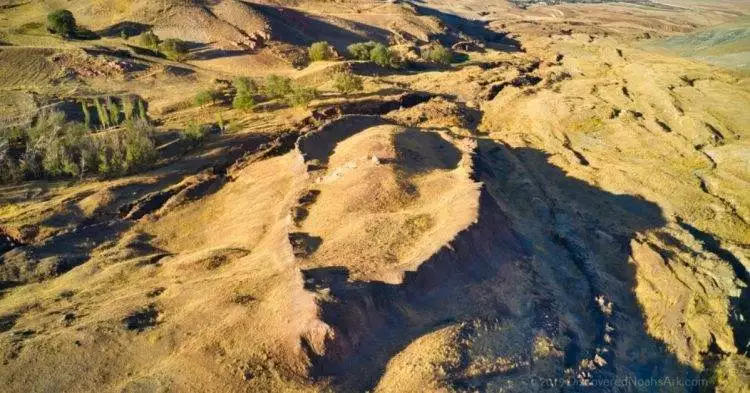Scientists believe they’ve found the spot where Noah’s Ark is resting and say they plan on digging up the site to study the biblical ship.
They believe it’s in Turkey
Researchers believe they’ve made the groundbreaking discovery of finding the resting place of Noah’s Ark, the ship mentioned in the Bible to have carried two of every species when God flooded the Earth.
Scientists believe it’s the Durupinar formation, a 538-foot geological structure in eastern Turkey.
It would be proof that the Ark existed
Of course, if this structure in the mountain is dug up and studied, it could be a mindblowing discovery.
Scientists have been studying it for a while now, with rock and soil samples from the site showing traces of clay-like materials, marine deposits, and seafood remnants.
They’re ready to dig it up
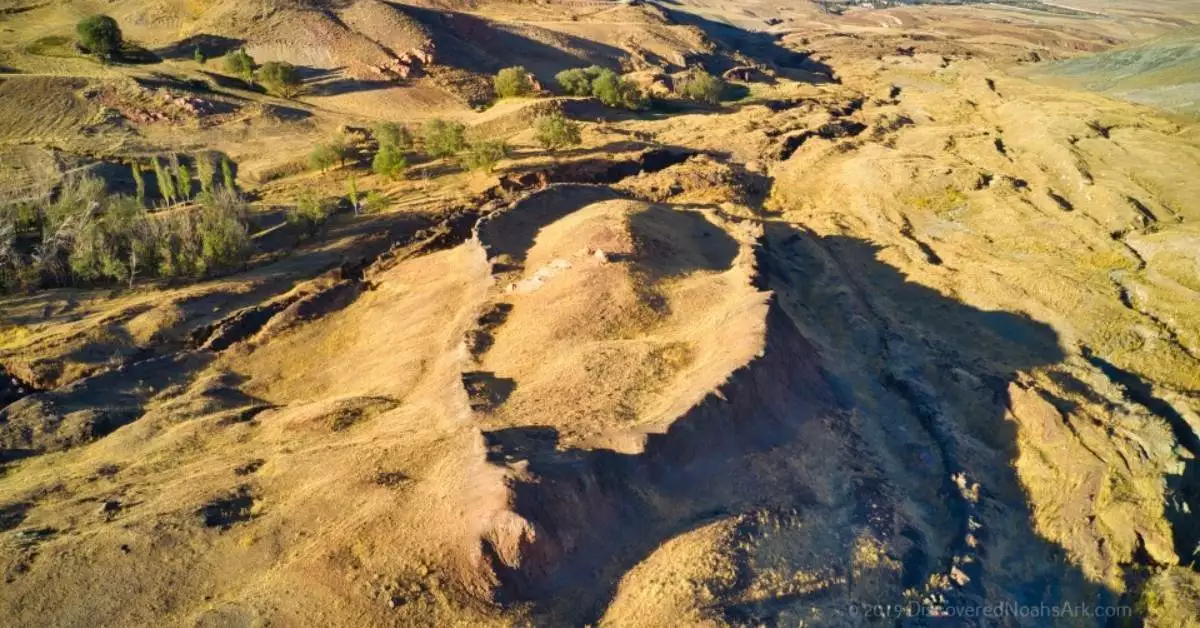
The geological structure in the mountain is made of limonite and it seems to match the Ark’s dimensions according to its description in the Bible.
Archaeologists are now ready to dig up the site to learn more. They’ve actually revealed their plan on how they would do this, but not without warning that they have to be careful with the whole thing.
The researchers spoke about it
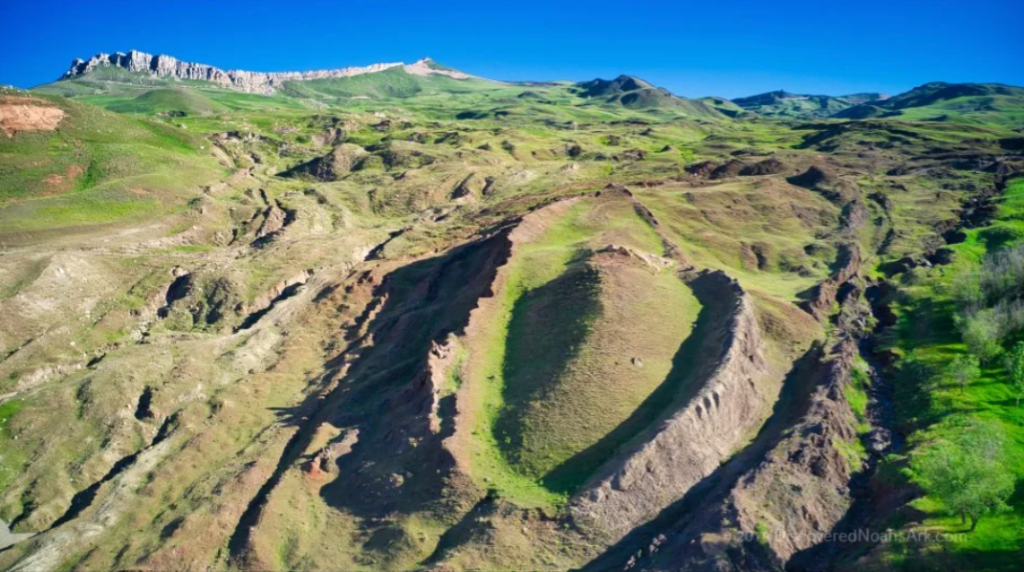
Top researcher Andrew Jones told The Sun, “The location lies in an active earth flow with harsh winters, so protecting the area is our top priority.”
“Over the next few years, our Turkish university partners will conduct non-destructive tests like soil sampling, radar scans, and other methods to determine if the structures we’ve detected are truly man-made or simply natural formations,” he added.
They would only get to it after more studying
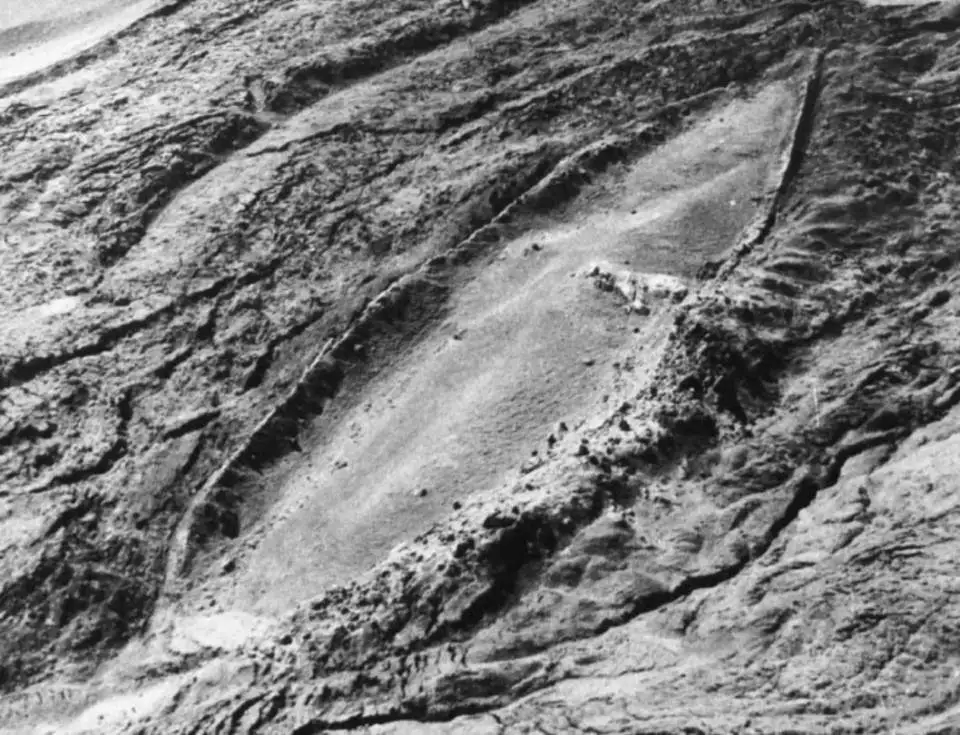
Digging up what could potentially be one of the greatest modern discoveries is, of course, something you have to be careful with.
Jones added, “Only after we gather enough evidence and have a proper preservation plan in place will we consider excavating.”
The work hasn’t begun yet
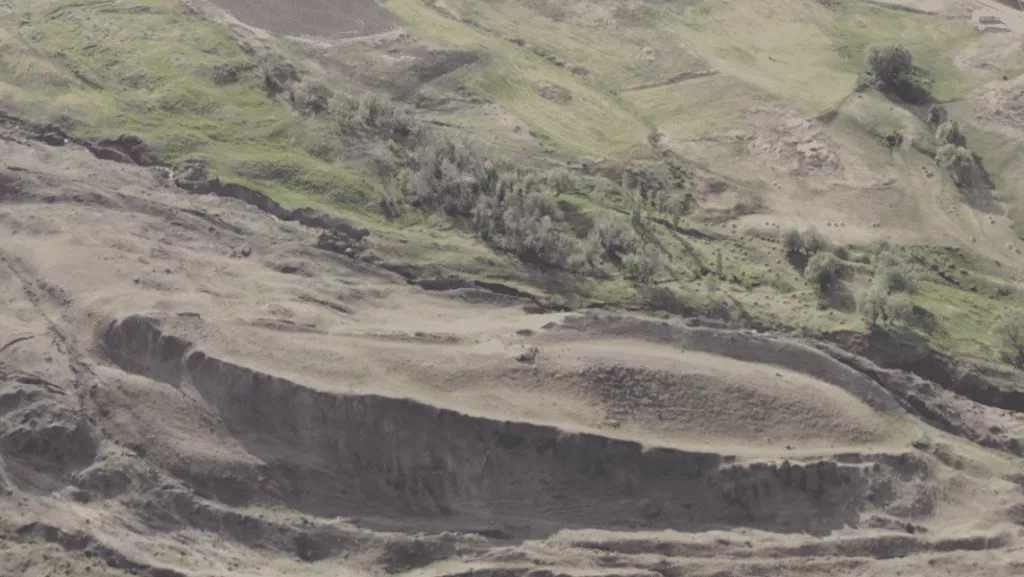
Researchers are still waiting on collecting more data about the site before they start digging. This includes geophysical surveys, core drilling, and careful planning that are all essential to the process.
Results from gathered samples could mean something
Some of the gathered samples from the site were certainly interesting and could be indicators of the existence of the Ark underneath.
The results included a lower pH, a higher organic matter and increased levels of potassium inside the structure in comparison to the outside of it. According to the researchers these are signs “consistent with rotting wood.”
It will definitely be worth seeing
In 2019, initial ground penetrating radar scans were conducted on the site and they showed rectangular shapes below the surface. To the archaeologists, all of these signs encourage them to dig up the site and see what it holds.
If anything, even if it doesn’t turn out to be Noah’s Ark under there, it’s definitely going to be something worth seeing.











































